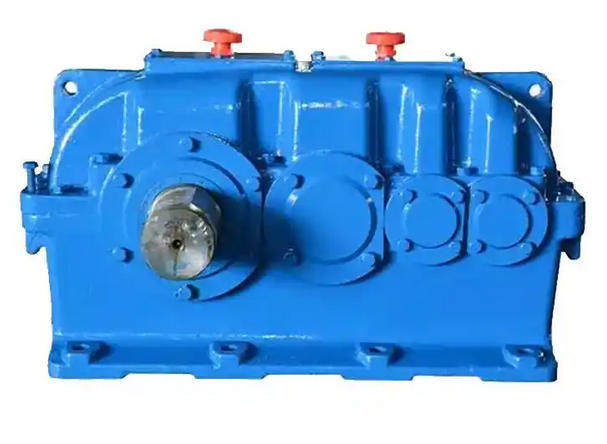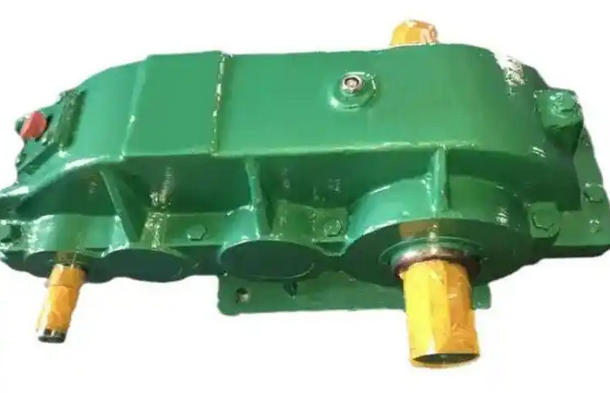What range should the coaxiality error between the motor shaft and the input shaft of ZSY315-63-3 reducer be controlled within? What consequences will occur if it exceeds the range
The coaxiality error between the motor shaft and the input shaft of ZSY315-63-3 reducer should usually be controlled within the range of radial deviation not exceeding 0.05mm and axial deviation not exceeding 0.05mm/m.Generally speaking, a dial gauge can be used for measurement. The dial gauge is fixed on the motor or gearbox, and the gauge head touches the circumferential surface of the connecting shaft. After rotating the shaft once, the difference between the maximum and minimum readings of the dial gauge is the coaxiality deviation. If laser alignment instrument is used for detection, the accuracy requirement will be higher, usually the radial deviation needs to be controlled within 0.035mm.
The coaxiality error exceeding the allowable range will have various negative effects on the mechanical system, as follows:
1、 Abnormal wear and failure of bearing system
Radial force imbalance: Coaxial deviation can cause the bearing to bear eccentric loads, resulting in uneven contact stress between the raceway and rolling elements, and the service life of deep groove ball bearings may be shortened by 30% -50%.
Axial additional force: If accompanied by axial displacement, the thrust bearing or shaft shoulder will bear additional axial force, causing deformation or even "locking" of the cage.

High temperature and lubrication failure: Eccentric vibration damages the formation of oil film, and the local temperature of the bearing can reach over 120 ℃, accelerating the carbonization of lubricating grease.
2、 Deterioration of gear transmission performance
Decreased meshing accuracy: Due to eccentricity, the wear rate of one side tooth surface of helical gears increases by 2-3 times, and contact stress exceeds the limit, causing pitting corrosion.
Shock and noise: The meshing shock increases the noise by 10-15dB (A), and the vibration acceleration may exceed 5g, causing damage to the casing structure.
Efficiency loss: The efficiency of the two-stage planetary gearbox may decrease from 95% to below 90%, and the oil temperature exceeding 80 ℃ exacerbates lubrication deterioration.
3、 Risk of shaft fracture
Fatigue crack: Long term eccentric load causes alternating stress at the journal, and when the coaxiality deviation is 0.2mm, transverse cracks may appear after 1000 hours of operation.
Resonance fracture: High speed shafts (speed>1000r/min) experience resonance due to eccentricity, which significantly increases the risk of shaft fracture.


